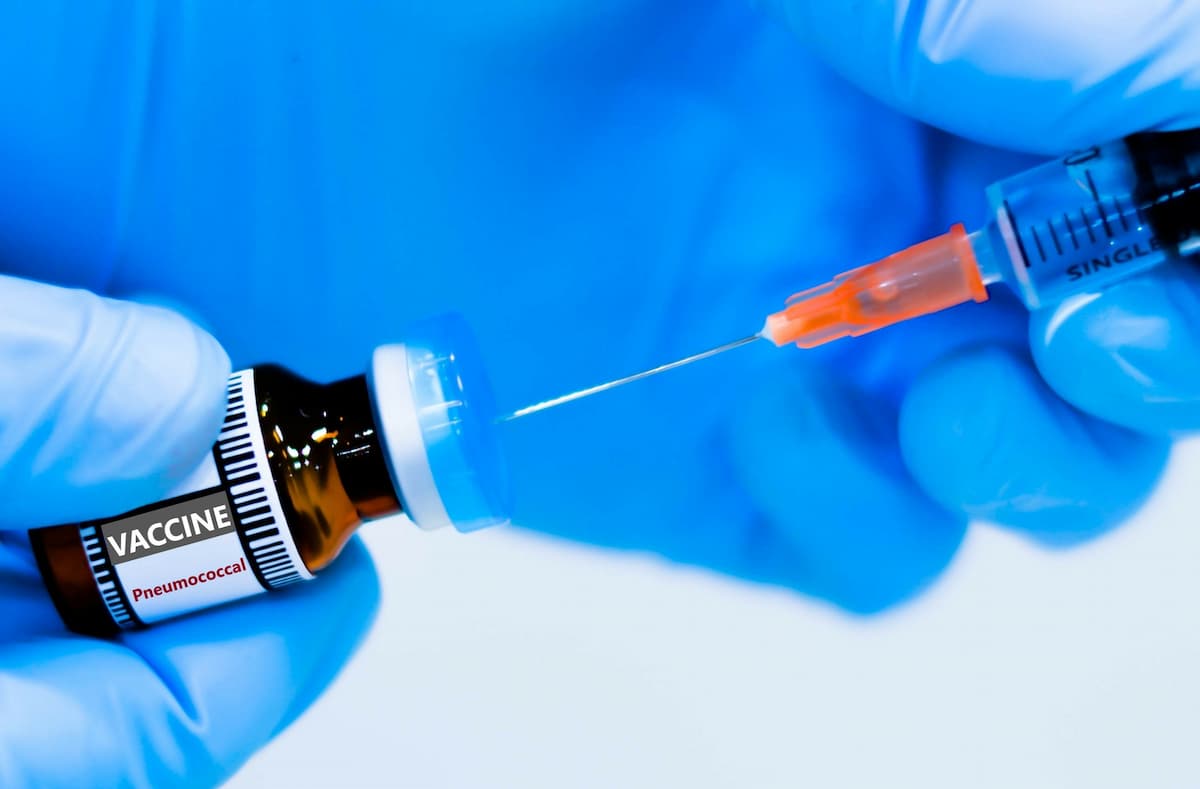
Article
HIV Capsid Inhibitors Show Potential as Long-Acting Antiretroviral Treatment
Author(s):
Novel class of inhibitors may be used as a preventive measure for HIV in the future.
Findings from a preclinical study examining HIV capsid inhibitors (CAI) showed the treatment has potential as a novel, long-acting injectable antiretroviral therapy (ART), according to a Gilead press release.
The investigators identified novel HIV CAIs with highly potent antiviral activity and a favorable resistance profile to existing ARTs in vitro, the company stated.
“Capsid inhibition is a previously unexplored target for antiviral therapy and we are pleased to share these preclinical results showing the potential role of this class of therapy as a novel, long-acting injectable for HIV treatment and prevention in the future,” said Norbert Bischofberger, PhD, executive vice president of research and development and chief scientific officer, Gilead Sciences. “This research represents Gilead’s ongoing commitment to innovation in the field of HIV and our work to advance treatments for people living with the disease.”
During the preclinical study, investigators found that GS-CA1 is a highly potent inhibitor of HIV-1 replication in human peripheral blood mononuclear cells. Furthermore, it displayed “similar potency against multiple HIV-1 clinical isolates from all major clades,” according to the release.
The results of the study also showed that CAIs bind to a broadly conserved area at the interface of 2 adjacent monomers within a capsid hexamer, and accelerate capsid assembly in vitro.
“The identified CAIs maintained full activity in vitro against HIV-1 mutants resistant to licensed antiretrovirals and selected for HIV capsid variants L56I, M66I, Q67H, or N74D with an attenuated in vitro replication phenotype,” the release said.
Additionally, during preclinical mechanistic studies, the investigators found a dual mode of action that targeted the late-stage virion maturation, as well as the post-entry capsid functions. GS-CA1 demonstrated high in vitro metabolic stability, and after a single subcutaneous administration, it showed an extended-release preclinical pharmacokinetic profile that maintained target plasma concentrations for more than 10 weeks.
Gilead plans to examine a selected development candidate in Investigational New Drug-enabling toxicology studies, and will start phase 1 studies in 2018, according to the release.
The data was presented at the 2017 Conference on Retroviruses and Opportunistic Infections in Seattle, WA.
2 Commerce Drive
Cranbury, NJ 08512
All rights reserved.





